ATM Fees for Foreign Cards in Central Chile
One annoyance that newcomers to Chile face is that they will have to put up with making ATM withdrawals with foreign-issued cards at Chilean ATMs--most of which charge high transaction fees--until they can attain permanent residency status (often 15-20 months after arrival).
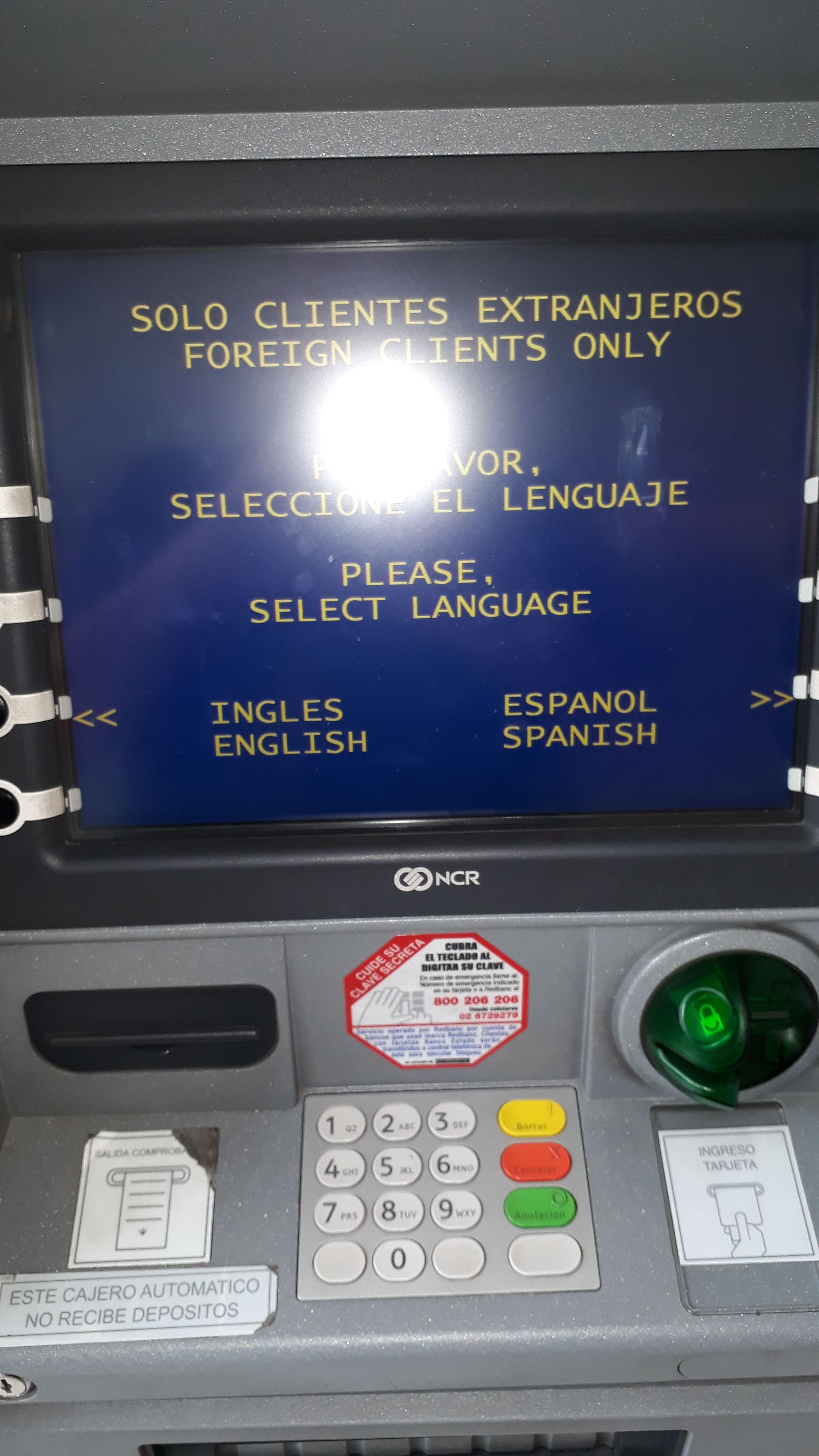
The same is also true for residents and Chilean citizens that have bank accounts abroad or that receive payments from abroad and access those funds via a Chilean ATM. These fees are in addition to the normal (reasonable) exchange rate spread that the bank earns (around one percent).
The problem is compounded by the fact that the fee is a flat for every ATM withdrawal from 1,000 pesos to a maximum of 200,000 pesos (300 USD or 262 Euros). At the most expensive and some of the most common banks, one will pay over three percent of the cash withdrawn in ATM fees alone, plus the exchange rate spread. These fees add up fast. For instance, if your European bank card has a daily limit of 1,000 Euros and a weekly limit of 3,000 Euros, and a person withdraws the maximum amount over three days, he will end up paying 11.5 fees (90 Euros) plus the rate spread.
Basically, one could buy a new Samsung Galaxy cell phone every two weeks with the money he spends on Chilean ATM fees. Consider the fees charged by Chilean banks on July 10, 2017:


Insofar as I can tell, this list is exhaustive. Banco Falabella does not allow international cards to be used at its ATMs. Some banks do not have ATMs, like Banco Ripley, Banco Paris, Banco de la Nación de Argentina and all the other foreign banks registered in Chile but yet without retail operations (i.e., Chinese, Brazilian, French, U.S., Japanese).
Those that live in Santiago, especially if they are often near the El Golf area of Las Condes or in downtown Santiago near Metro stations Santa Lucia or Universidad de Chile, can benefit from having access to the only two ATMs in the country that do not charge a fee for international card use: Banco Internacional branches located at La Pastora 128 and Moneda 818. The Viña del Mar branch of that bank used to have an ATM but it was removed and there is no plan to replace it.

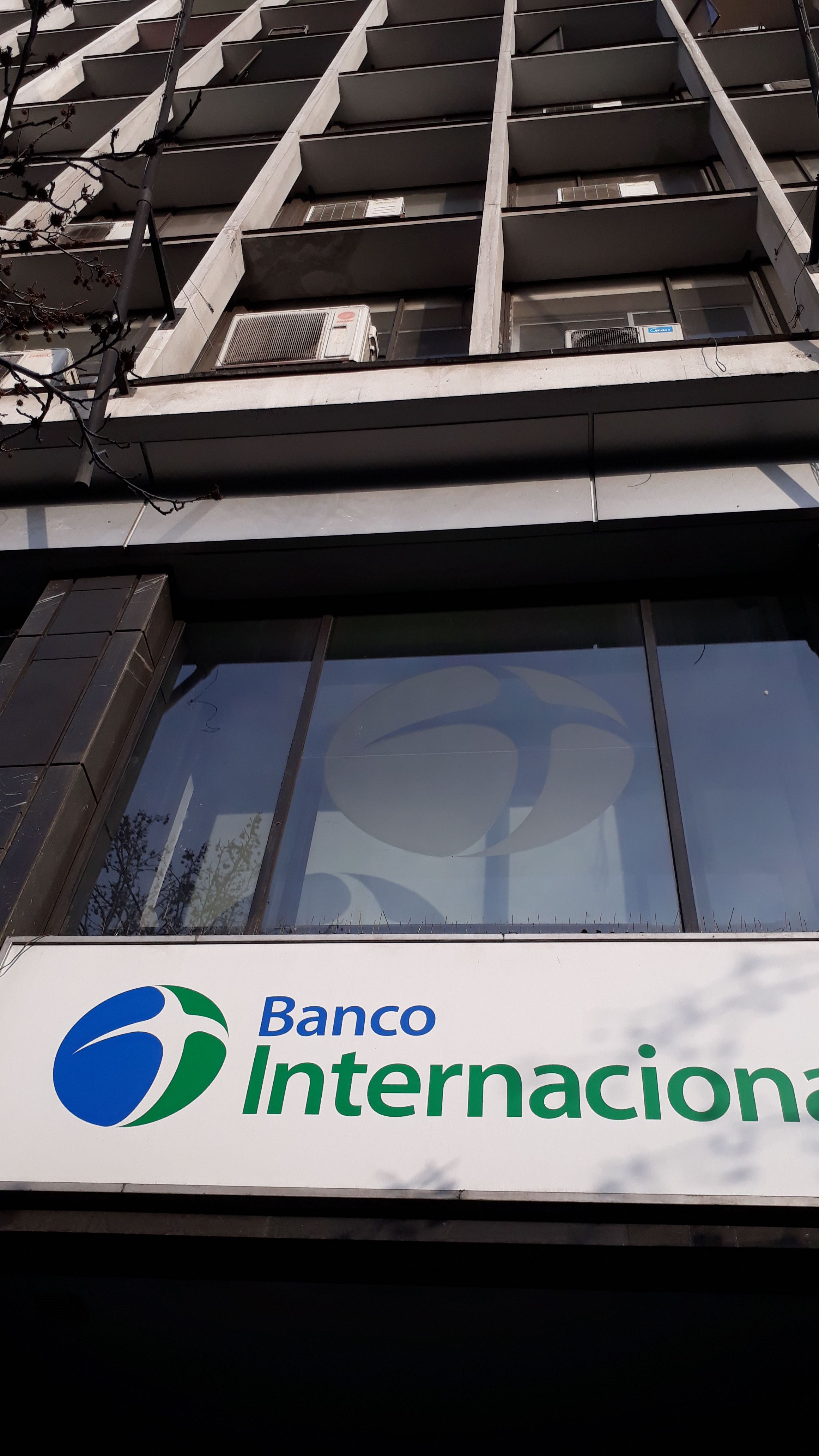
The lowest fee-charging bank, Banco BICE, is not much larger than Banco International but does have a few more branches with ATMs, especially near metro stops Alcántara and Moneda (only accessible until 2pm weekdays). People in Viña are out of luck again since BICE has no branch in town.
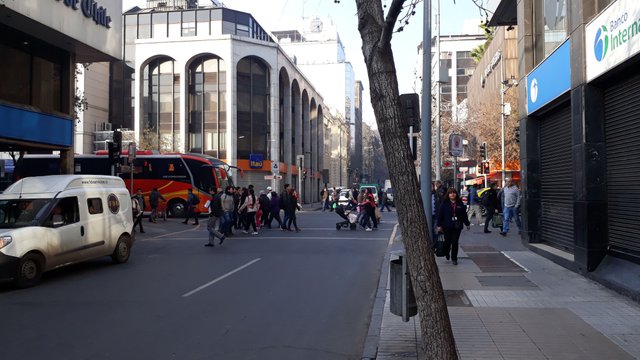
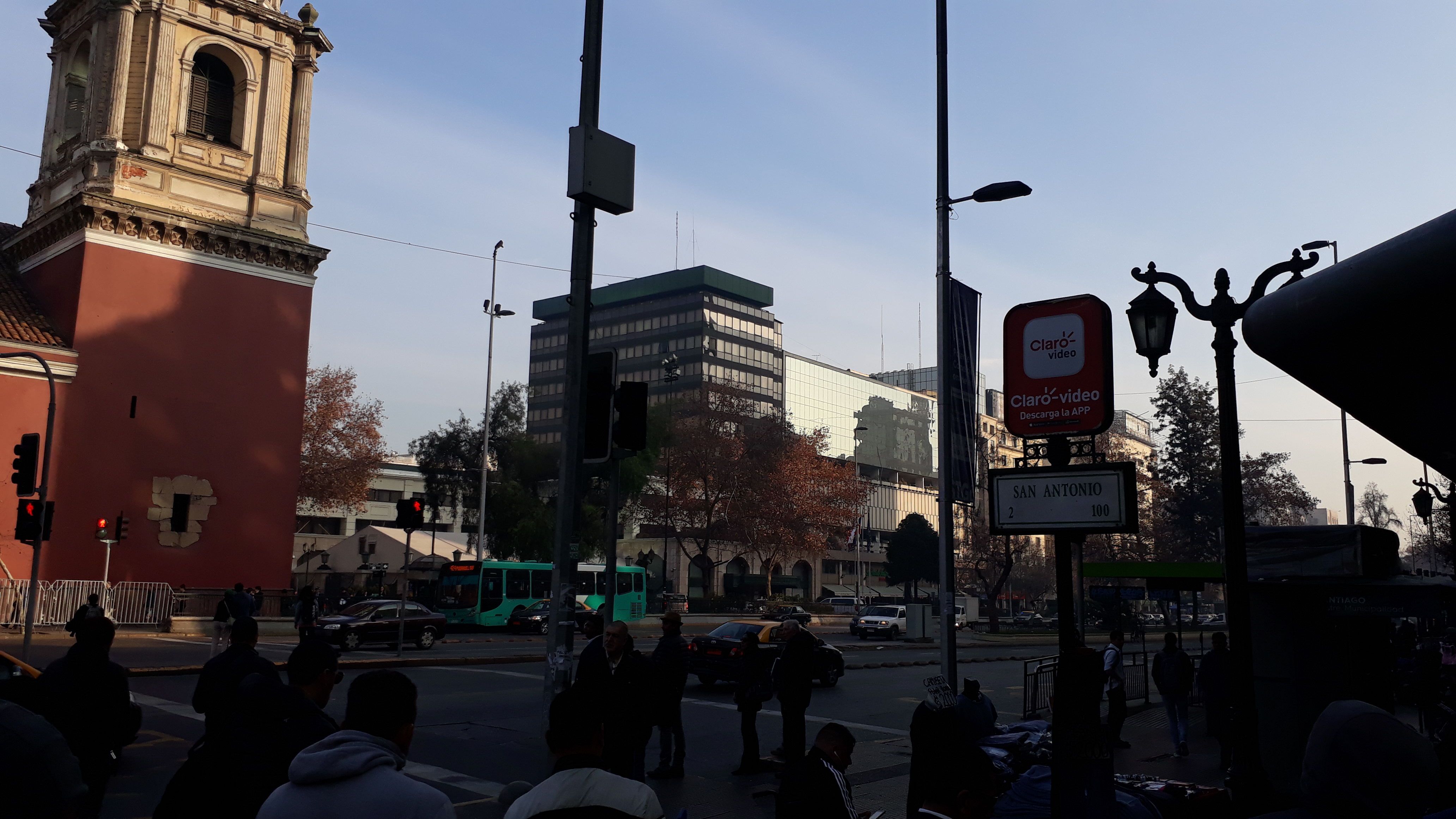
Banco Security (a slightly larger bank than BICE with branches both Santiago and Viña del Mar) used to have the same no-fee policy as Banco Internacional, but ended it on July 1, 2017. Now people in Viña del Mar are stuck with #3 Scotiabank or making foreign card withdrawals when in Santiago for other business. Furthermore, consider that Banco Internacional's no-fee policy could change just as fast as Banco Security's did. It might already be on its way out now! Who knows?
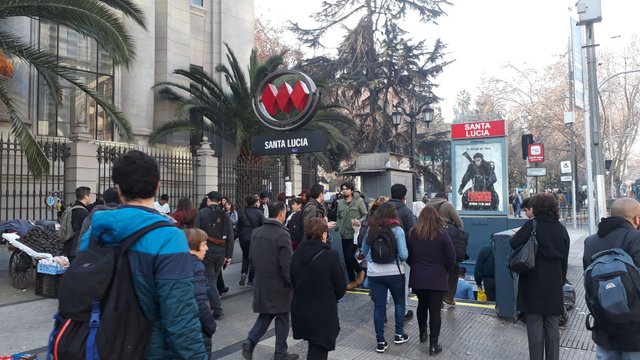
Foreign cardholders can avoid paying ATM by paying most bills with their cards. Most utilities, insurance and other services can be paid with foreign credit cards either with online company services or at Servipag, or directly at each company's commercial offices. Grocery stores, home improvement centers, mall or other shops, department stores, restaurants, cell phone companies, fitness clubs and gas stations also take foreign cards, generally. One big exception is the tax authority for property taxes, mainly. They require a Chilean card or cash. Still, the amount of ATM fees paid can be minimized, especially if one carefully applies the knowledge gained in this article.

